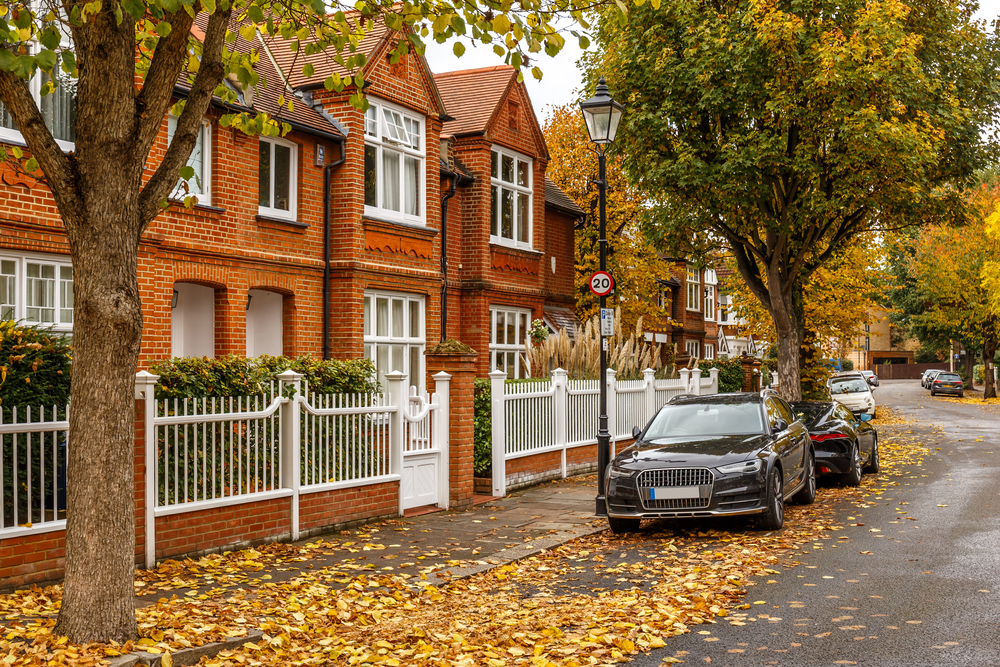House prices increased again in September adding an extra £4,400 to the value of the average property in the UK, according to Halifax.
 The mortgage lender’s latest house price index revealed prices across the UK climbed by 1.7% in September – this was the strongest monthly growth since February 2007.
The mortgage lender’s latest house price index revealed prices across the UK climbed by 1.7% in September – this was the strongest monthly growth since February 2007.
Halifax thought the looming deadline for the end of the stamp duty holiday – on 30 September – played a role in the price spike. But there were other factors at play too.
Indeed, Russell Galley, managing director at Halifax, said: “While the end of the stamp duty holiday in England – and a desire amongst homebuyers to close deals at speed – may have played some part in these figures, it’s important to remember that most mortgages agreed in September would not have completed before the tax break expired.
“This shows that multiple factors have played a significant role in house price developments during the pandemic.
“The ‘race-for-space’ as people changed their preferences and lifestyle choices undoubtedly had a major impact.”
Bigger properties
Over the last year, Halifax’s index showed prices had gone up by 7.4%, reversing the three month downward trend in annual growth which had peaked at 9.6% in May.
Although the average property price was now £267,500 – there were certain types of dwellings which were proving more valuable than others.
Halifax revealed prices for flats were up just 6.1%, compared to 8.9% for semi-detached properties and 8.8% for detached.
It said this translated into cash increases for detached properties of nearly £41,000 compared to just £6,640 for flats.
Anna Clare Harper, CEO for property consultancy SPI Capital, thought this was significant.
“There’s two important subtleties worth mentioning,” she explained. “Firstly, not all house prices have gone up. Growth has been far greater for houses than flats.
“The ‘boom’ in prices has been particularly strong for properties suitable for homeowners. Prices have increased in more spacious properties with gardens outside major cities.
“Secondly, while the stamp duty relief helped achieve one government objective by keeping confidence high through the pandemic, it is at odds with another government objective of making housing affordable and accessible for all.
“So what next? Finance remains cheap, and banks are fighting to offer the best rates and terms, even offering mortgages of up to 100% to aspiring homeowners.
“With so many attractive products available, it’s no surprise that affordability is becoming stretched. Aspiring homeowners must remember that both capital and interest repayments must be repaid.”
Reality check
Meanwhile, Nicky Stevenson, managing director of estate agents Fine & Country, said these figures showed how resilient the property market continued to be, despite factors working against it.
“A reality check has been forthcoming — it’s just not the one anyone was expecting,” she said.
“House price growth has accelerated just as the market’s crutches have been taken away. This is the exact opposite of what logic dictated should have happened in September and tells you the rally isn’t over yet.
“The housing market has hurtled into what had been widely billed as a period of adjustment but its reaction has defied gravity yet again.
“All major government support, in the form of the furlough scheme and stamp duty giveaway, had effectively vanished in the minds of these buyers. However, fears of an immediate and animated slowdown have come to nothing.”














